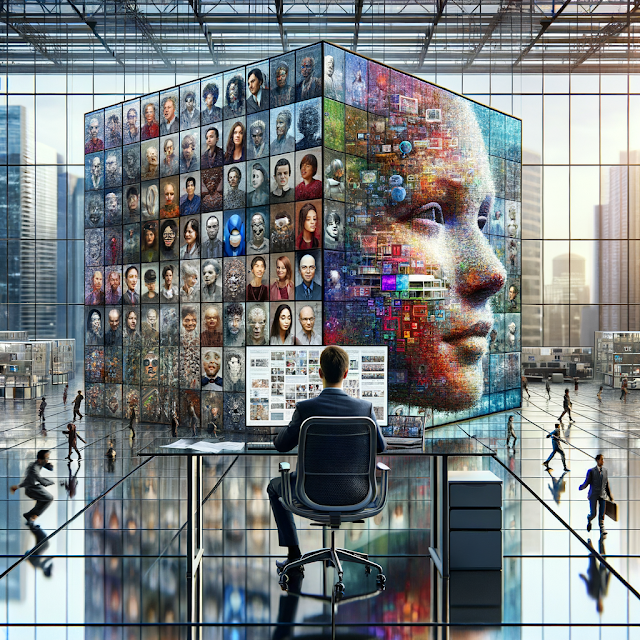Note of thanks to James Collura for reminding me about slime mold behavior and the need for a new type of network.
Also Note: It is important to know before proceeding, that this is the vision. The framework, ideas, theoretical research, creation of the chatbot and the Google Form are there. Needed, at this point, are the people required for self-organization and emergent properties to work, e.g. the API that connects the spreadsheet to the chatbot. Theoretically, and while this is emerging, we could run this on NotebookLM, i.e. 50 sources of 50 spreadsheets where everyone who used the chatbot had access. That alone, could be powerful. Eventually, I imagine, NotebookLM will upgrade to reasoning and search models like DeepSeek or ChatGPT o3. That is why your help is needed to make this work. And, if you are the person to help in connecting these functions, please reach out:
For too long, we’ve relied on outdated, linear systems to find the right people—resumes, job boards, LinkedIn connections that go nowhere. These traditional methods force us into rigid categories that don’t reflect who we truly are or what we’re capable of. But what if there was another way?
Nature offers a clue. Slime molds, ant colonies, and even decentralized human networks don’t function by rigid hierarchy. They thrive through emergence—patterns forming organically as individuals interact, adapt, and share knowledge. The most resilient systems aren’t centrally controlled; they evolve dynamically based on real-time connections and needs.
Liminal Space Navigator is built on this principle. It’s not just a chatbot—it’s the starting point for an adaptive human network, where creativity, skills, and ideas flow freely, forming connections that wouldn’t happen in a structured, top-down system. It’s an experiment in collective intelligence, an invitation to step outside traditional networking models and into a system that grows with us.
If you’ve ever felt frustrated by the limitations of conventional job searches, if you’ve ever wished for a way to find the right collaborators faster, or if you’re simply curious about what we could build together, this is your invitation.
How It Will Work
Engage With the Chatbot
Visit My True Self and answer seven thought-provoking questions about your strengths, skills, and aspirations.
The chatbot analyzes your responses using Myers-Briggs, True Colors, and Multiple Intelligences frameworks to identify hidden strengths and potential collaborations.
Join the Network
Your results will be integrated into a shared intelligence system—a network that connects people based on complementary skills, work styles, and opportunities.
Think of it as an emergent LinkedIn, where connections are made not by static profiles but by real-time needs and shared goals.
Unlock Collaboration
Whether you're a technologist, creative, strategist, political operative, or educator, you’ll quickly find like-minded (or better yet, complementary) people.
Need a developer for a project? Looking for a writer who understands your vision? Want to partner with a policy strategist who sees the world differently? The network will help surface the right connections.
Why This Matters
We’re in a moment where AI is changing everything—and those who know how to leverage it will have a massive advantage. But AI alone isn’t enough. We need human networks that are just as intelligent, just as adaptive, just as capable of evolving.
This tool is for:
Entrepreneurs and innovators looking for the right people to bring ideas to life.
Creatives, developers, and educators who want to work in a way that feels natural and meaningful.
Strategists and operatives who need to move beyond outdated systems and build agile, self-organizing networks that can tackle major challenges.
We’ve all seen how hard it is to tackle big projects alone. The tools we rely on are inefficient. But if we embrace a more emergent, adaptive model, we can unlock a new kind of collective intelligence—one that helps us find exactly the right people at exactly the right time.
This is our experiment. If it resonates, we invite you to join us—and to share it with those you trust. Let’s see what happens when we connect, not through rigid algorithms, but through shared curiosity, insight, and purpose.
Let’s build the first Human Slime Mold Network.
Are you in?
🔗 Start Here: https://poe.com/My-True-Self





